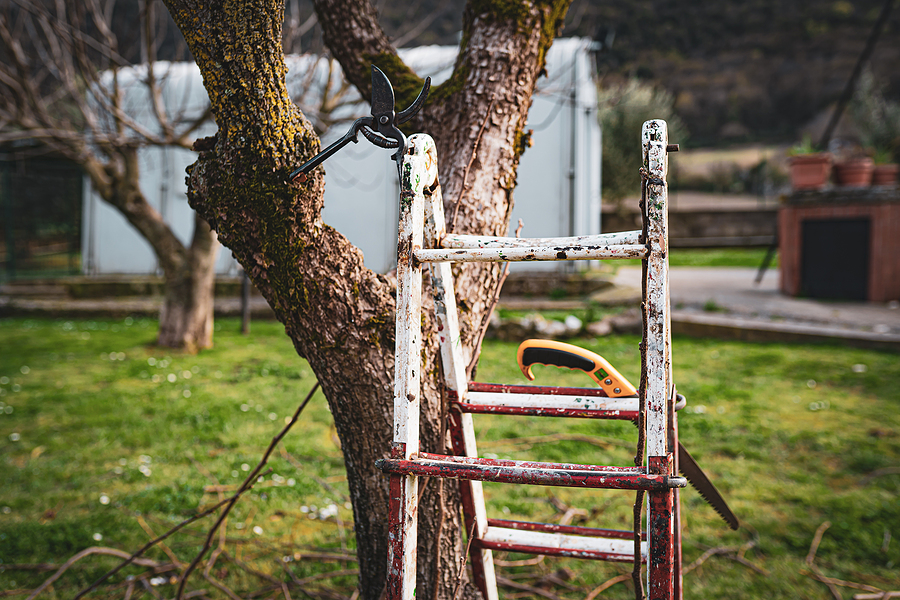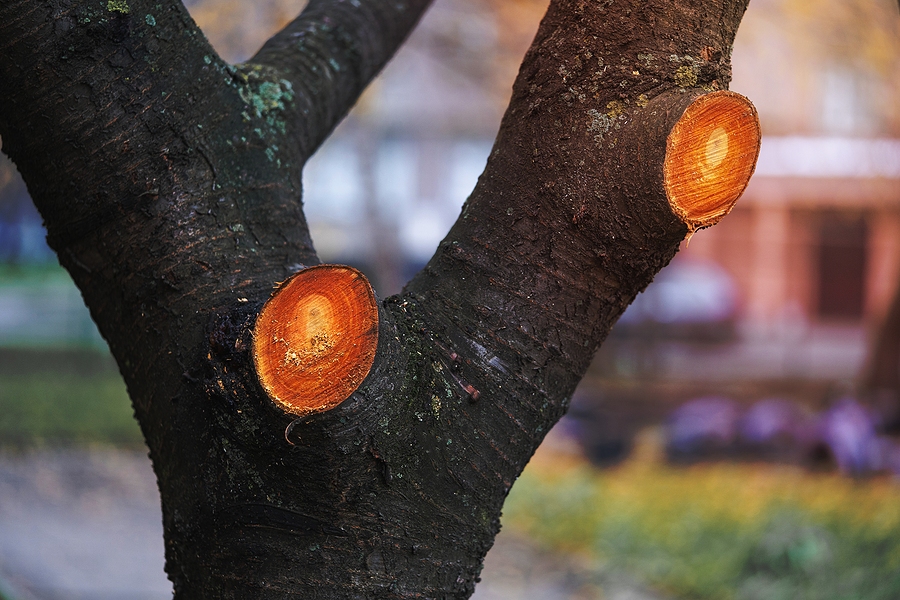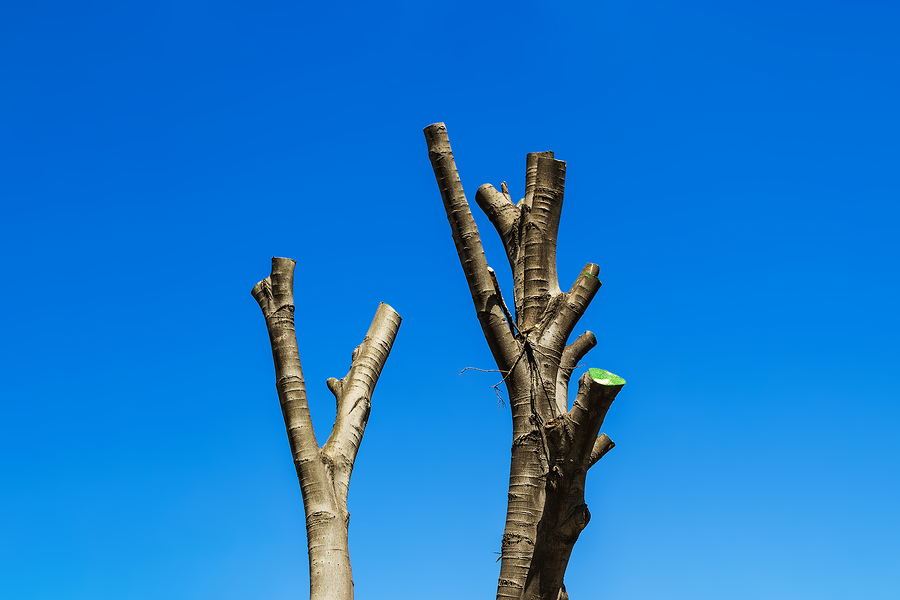As homeowners, the health and beauty of your landscape are likely at the forefront of your outdoor maintenance. Trees, majestic as they are, require careful tending to ensure their health, safety, and aesthetic appeal. One crucial aspect of tree maintenance is the removal of dead branches, a task that not only impacts the tree’s well-being but also the safety of your property and family.
While it might be tempting to turn this into a DIY project, the complexities and risks associated with dead branch removal cannot be understated. That’s why it’s strongly encouraged to engage a professional tree care company for these services. Experts in tree trimming and removal come equipped with the knowledge, tools, and experience necessary to perform the job safely and efficiently, ensuring that your beloved trees remain a source of beauty and not a liability.
However, if you are confident that you are fully equipped and experienced enough to handle the job, this blog post will provide you with the top five essential safety tips for removing dead branches from your trees. So, let’s get started!

A Guide on How to Remove Dead Tree Branches
1. Assess the Situation
Before grabbing your tools and getting to work, take a moment to assess the situation thoroughly. Determine the location of the dead branch, its size and weight, and whether it is in close proximity to power lines or other structures. This information will help you plan for the safest way to remove the branch, whether it requires a professional or if you can handle it yourself.
Additionally, make sure to check for any signs of disease or insect infestation on the dead branch, as this could affect your approach to removing it. If you notice any concerning issues, it’s best to seek professional assistance.
2. Wear Protective Gear
Tree maintenance is not a task to be taken lightly, and neither are the potential hazards associated with it. Before starting any work on your trees, make sure to wear appropriate protective gear, including safety glasses, gloves, and a helmet. If you’re using power tools, such as a chainsaw or pole pruner, don’t forget to wear ear protection as well. These safety precautions might seem trivial, but they can significantly reduce the risk of injury while working with dead branches.
3. Use Proper Tools and Techniques
Removing dead branches safely requires specific tools and techniques that are best left to the experts. If you do choose to take on this task yourself, make sure to use appropriate equipment such as a sharp pruning saw or bypass lopper. Avoid using tools that are dull or unsuitable for the job, as they can cause more harm than good. Additionally, always follow proper tree pruning techniques to avoid damaging the healthy parts of the tree and promoting new growth.
4. Stay Alert and Follow Safety Protocols
When working with trees, it’s crucial to stay alert and follow proper safety protocols. Keep an eye out for any potential hazards, such as uneven terrain or other obstacles that could cause you to lose your balance. If you’re using a ladder, make sure it is on stable ground and secure before climbing up. Always have someone spot for you when working at heights and never work alone. Also, don’t forget to take breaks and stay hydrated, especially when working in hot weather. Dehydration and fatigue can affect your focus and make you more prone to accidents.
5. Dispose of Branches Properly
Once you’ve successfully removed the dead branch, it’s essential to dispose of it properly. Avoid leaving branches lying around on the ground, as they can be a tripping hazard or attract pests. Instead, cut the branch into smaller pieces and dispose of them in your yard waste bin or compost pile. If the branch is too large to handle, contact your local waste management services for proper disposal options. Before burning any wood on your property, be sure to check with local fire codes and obtain any necessary permits.
Wrapping Up
In conclusion, removing dead branches from your trees is a task that should not be taken lightly. It requires proper planning, equipment, and techniques to ensure the safety of yourself, your property, and your trees. If you’re not confident in your abilities or if the situation seems too complex, it’s best to seek professional help. By following these five essential safety tips, you can maintain the health and beauty of your trees while keeping yourself out of harm’s way. Happy tree trimming! # Safety Tips for Tree Maintenance
Tree maintenance is an important aspect of maintaining a beautiful and healthy landscape. However, it also poses potential hazards if not done correctly. Contact Timberland Tree Care at 317-348-0811 for licensed and insured tree trimming and pruning, or any other needed tree service in Indianapolis, Indiana. We serve residential and commercial customers all throughout the surrounding Indy areas.
Related Posts:
Understanding the Costs of Professional Tree Branch Removal
5 Tips for Preventing Damage from Overhanging Trees
How to Identify a Dead Tree



